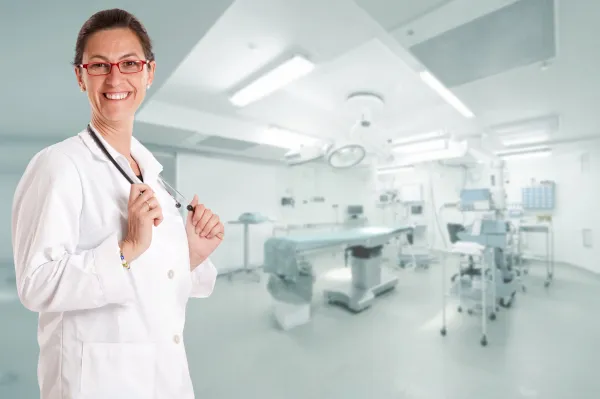Urology Coding Alert
Telemedicine:
Get to Know the New Modifier That Will Capture Some Telemedicine Services in 2017
Published on Fri Nov 18, 2016

You’ve reached your limit of free articles. Already a subscriber? Log in.
Not a subscriber? Subscribe today to continue reading this article. Plus, you’ll get:
- Simple explanations of current healthcare regulations and payer programs
- Real-world reporting scenarios solved by our expert coders
- Industry news, such as MAC and RAC activities, the OIG Work Plan, and CERT reports
- Instant access to every article ever published in Revenue Cycle Insider
- 6 annual AAPC-approved CEUs
- The latest updates for CPT®, ICD-10-CM, HCPCS Level II, NCCI edits, modifiers, compliance, technology, practice management, and more
Related Articles
Other Articles in this issue of
Urology Coding Alert
- Procedure Focus:
Turn to Documentation to Verify Which TURP Code Applies – if Any
Hint: Pay special attention to the patient’s history. Just because transurethral resection of the prostate [...] - Telemedicine:
Get to Know the New Modifier That Will Capture Some Telemedicine Services in 2017
Plus: Be sure you are submitting the correct CPT® code as well. As technology evolves, [...] - You Be the Coder:
Wound Debridement and Wound Vacuum of Abscess
Question: One of our physicians did an incision and drainage of a scrotal abscess on October [...] - Reader Question:
Get Clear Documentation of US Results Before Reporting 76872
Question: Please share if you think that the following note substantiates a diagnostic ultrasound: “Transrectal US/guidance [...] - Reader Question:
Report 52005 for Ureter Catheter Placement Through the Cystoscope
Question: A general surgeon asked our urologist to put in ureteral catheters before he performed a [...] - Reader Question:
Is There New Coding for Looposcopy and a Loopogram?
Question: I’m looking for advice on how to bill a looposcopy (stoma access) and loopogram. I [...] - Reader Question:
Submit A4648 for Each Marker, Not Each Pack
Question: My urologist places markers that come in a kit of three markers in a package [...] - Reader Question:
Some Payers Might Not Accept New ICD-10 Codes Until 2017
Question: We’ve been getting denials for claims once we began using the new ICD-10 code R97.20. [...] - Reader Question:
E/M Code Could Be Possible Even With Exam
Question: Recently, when coding for an E/M encounter for a follow-up patient, I noticed that our [...] - Reader Question:
Code 76776 Is First Choice for Ultrasound With Doppler
Question: How can we report ultrasound of transplanted kidneys done without duplex Doppler? Does the [...]
View All




